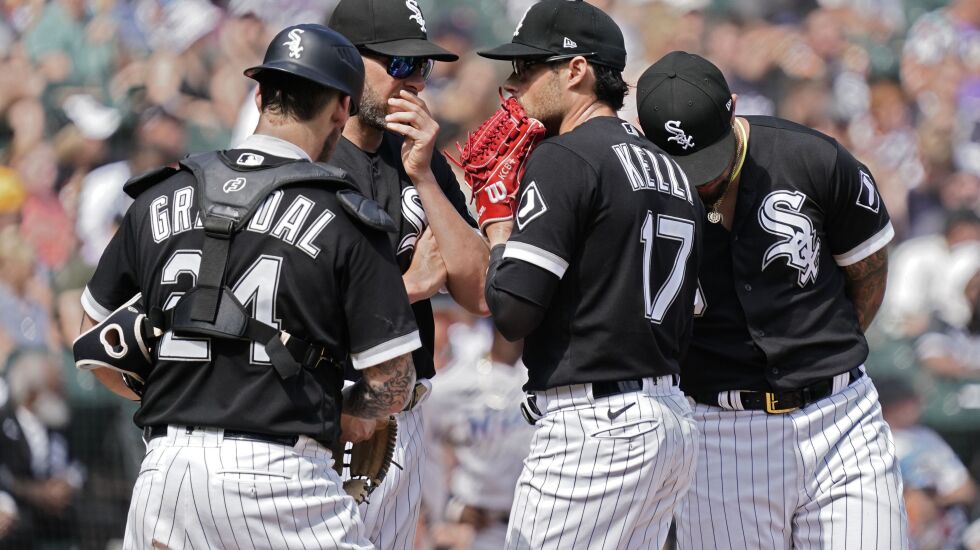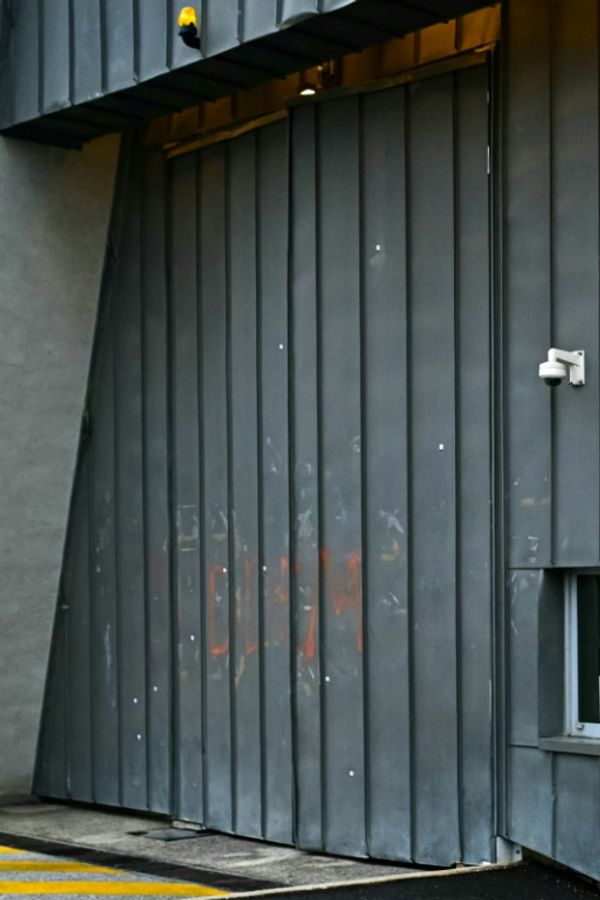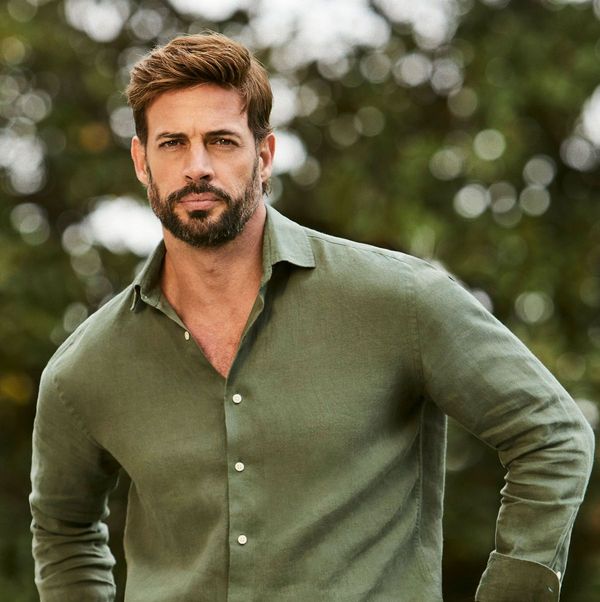
ANAHEIM, Calif. – All eyes are on the pitcher now, and everyone knows it.
White Sox pitchers do, that is for sure. It’s the element of pitching they like the least.
“It’s constant, and it’s annoying to me personally,” Lucas Giolito said. “I wish there was none of that and we could just play baseball but unfortunately that’s the state of the game. Teams are always trying to get information. So you have to stay on top of it.”
Guarding against tipping pitches, that is.
“We’d all rather not have to think about it, go mano a mano, my stuff against your best,” said Michael Kopech, who started against the Angels Tuesday night as the Sox tried to even a four-game series after a 2-1 loss Monday night, “but everybody wants to win so people are going to seek out advantages.”
If hitters know what kind of pitch is coming, the advantage shifts in their favor. They come in the form of glove placement, shoulder turns and even facial expressions, just to name a few.
High-speed camera systems with intricate technology have pitchers worrying about tipping more than ever. Not that it’s anything new. As an Anaheim Angel in 2017, Sox reliever Keynan Middleton was tipping with how he came set with his hand placement when Texas Ranger Elvis Andrus hit a 99-mph fastball for a home run.
“The next guy [Nomar Mazara] spun 100 mph around,” Middleton said.
Mike Trout noticed it from center field.
“Next day I walked into the clubhouse and Trouty was ‘Here you go, this is what it is.’ ’’
Trout and an Angels hitting coach showed him on video.
But with PitchCom, eliminating visible signs from catchers to pitchers, more cameras and eyes are on the pitcher. Pitching coaches will tell you they spend as much time worrying about tipping than pitching itself.
“Each team has a group of guys dedicated to watching tips,” Sox starter Mike Clevinger said. “The Blue Jays, you could almost tell by watching their takes on sliders. The stuff has got so good across the league with some of these pitchers it’s almost the only way you get to some of these arms. The tiniest little movement, a glove tilt, a little flutter, even a gap of space where you see a little daylight.”
On most days, the starting pitcher chooses what uniforms are warn and Clevinger chooses black jerseys because they conceal his black glove better. Before switching from a smaller to larger glove to conceal the ball better in his hand, he borrowed Lance Lynn’s glove. Talks with teammate Joe Kelly, who mixes up his pre-pitch sets almost every pitch, prompted Middleton to do the same to some degree.
“It’s hard to know,” Kopech said. “A lot of times you know when a lineup gets consistent with their takes. A really good strike to ball pitcher, maybe they’re on one pitch and then you start to pick up, ‘OK, they have something.’ ’’
How aware is Giolito?
“Very, very, very,” he said. “Especially with teams that have the reputation, whether it’s the coaching staff, players or the team the front office.
“A lot of these teams know everything. So you have to be sure you’re on top of your glove position, on top of your little micro-movements. Am I closed on this pitch, am I open on this pitch. How does my forearm look when the ball is in the glove. If there’s a runner on second base am I showing too much?
“And when you make those corrections it’s like, have I over-corrected to where now there’s a new tip?”
Giolito said the Giants, Yankees and Rays are known to be among the most aware. The Sox study and gather the same things, and Kopech made a correction with his glove after the Giants in the Sox’ home opener, when he gave up five home runs.
“The first couple years of my career I didn’t even want to know about it because I was being flooded with information that can make you overwhelmed,” Kopech said. “But the more I’ve gotten comfortable in the big leagues the more I want it because there’s a clear advantage if a guy knows what pitch is coming, no matter what the pitch is.”







